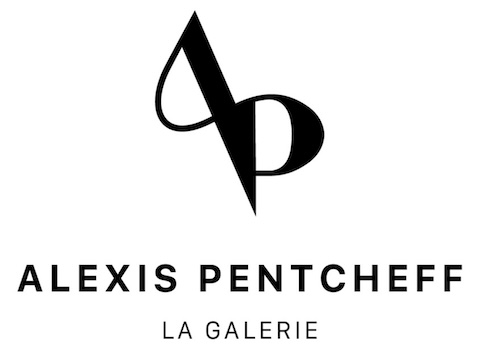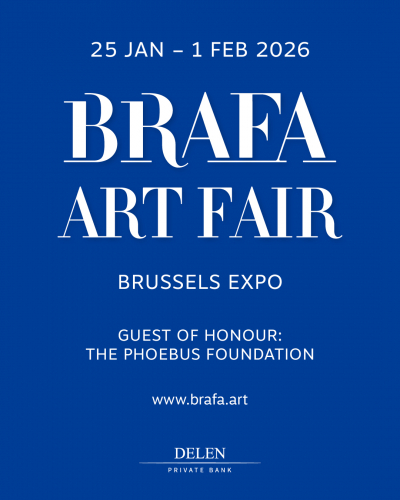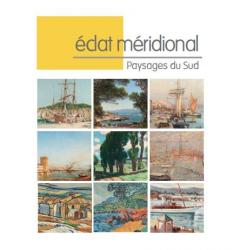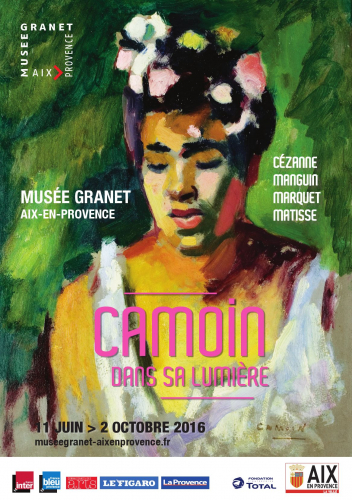Charles Camoin – Between Fauvism, Southern Light, and Introspection
A Marseillais Youth and Early Influences
The “valiant Marseillais” Charles Camoin (1879–1965), a renowned French painter closely linked to the light of the South, first met Paul Cézanne in 1902 while completing his military service in the region. His unstable early education—marked by the early death of his father and his mother’s absence—led him to the School of Fine Arts in Marseille, then directed by Dominique Magaud.
He later joined Gustave Moreau’s studio in Paris, but Moreau died just months after Camoin’s arrival in 1898. This brief but impactful academic training, followed by his decisive encounters with Cézanne, deeply influenced the young artist, whose anxious nature drew strength from the encouragement of admired mentors. From his visits to Aix, he retained a foundational lesson: art is born from a deep connection to nature.
Essential Artistic Lineages
After the war, Camoin traveled to Cagnes-sur-Mer, where he met Auguste Renoir, adding another major figure to his personal pantheon of influence. The encounter, arranged through Henri Matisse, complemented Cézanne’s legacy and helped refine his pictorial approach.
In Moreau’s studio, Camoin befriended Albert Marquet, with whom he traveled across Provence, from Martigues to Cassis, via Marseille. Together, they joined Henri Manguin in Saint-Tropez during the summer of 1905. That same year, Camoin exhibited four paintings in the celebrated Room VII of the Salon d’Automne and was grouped with the Fauves. Yet from the start, critics noted that his use of color was more subtle and restrained than that of his companions.
Success, Doubt, and Artistic Self-Defense
Success came quickly. Camoin exhibited at Berthe Weill, Druet, and Kahnweiler, and signed a contract with the Ludwig Schames gallery in Germany. In 1907, he traveled to London with Marquet, and later to Spain. However, the following years in Montmartre were marked by instability. His paintings from this time reflect a deepening melancholy.
In 1913, Camoin destroyed a large portion of his work, slashing his canvases and discarding them. This personal crisis culminated in a lawsuit against Francis Carco, who had attempted to sell a mutilated work rescued from the trash by a ragman.
Renewal, Stability, and Recognition
With his wife Charlotte, Camoin found emotional stability. He moved to Montparnasse and, in 1921, acquired the Val-Flor villa in Saint-Tropez. He exhibited regularly at Bernheim-Jeune and at the gallery of writer Charles Vildrac.
An inventive painter, Camoin converted a car into a mobile studio, with an easel mounted on the roof and side racks for transporting rolled canvases. His notebooks reveal an introspective mind:
“You must paint sketched-out pictures that retain the freedom and candor of a sketch.”
Despite appearances, Camoin’s paintings are not entirely spontaneous, but instead reflect a deeply thought-out approach rooted in close observation of nature, true to Cézanne’s teachings.
A Contemporary Rediscovery
In summer 2016, the Musée Granet in Aix-en-Provence dedicated a major retrospective to the artist, Camoin, A Painter in His Light, reaffirming his place in the history of French modern art.
In 2022, the Musée de Montmartre celebrated his work with the exhibition Charles Camoin, A Fauve in Freedom, highlighting his unique blend of colorist brilliance and inner reflection.
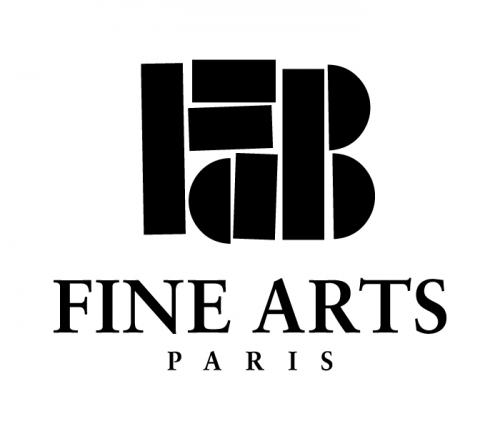
FAB PARIS 2025
20 September 2025 - 24 September 2025
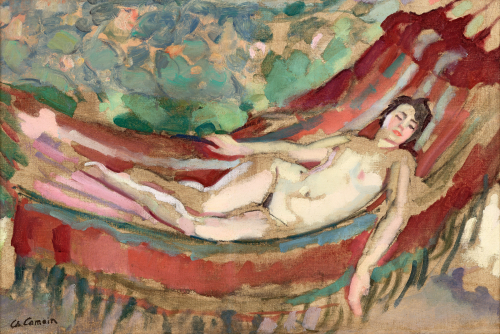
BRAFA 2023
28 January 2023 - 5 February 2023
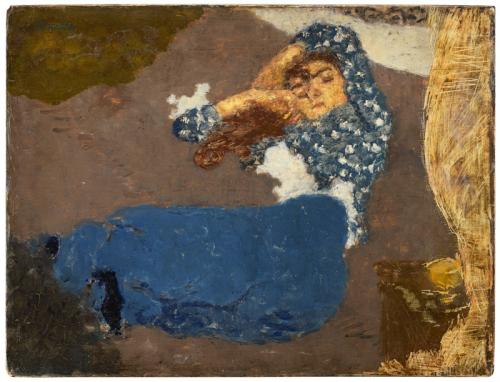
BRAFA 2020
26 January 2020 - 2 February 2020
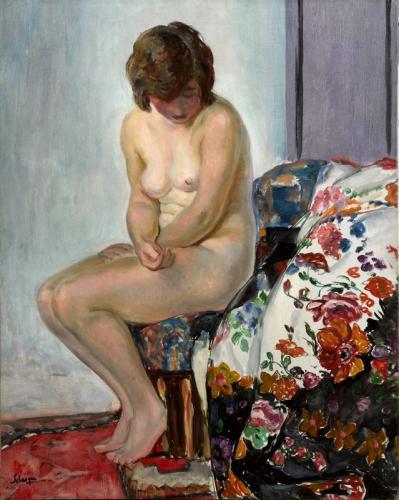
Antibes Art Fair 2016
16 April 2016 - 2 May 2016
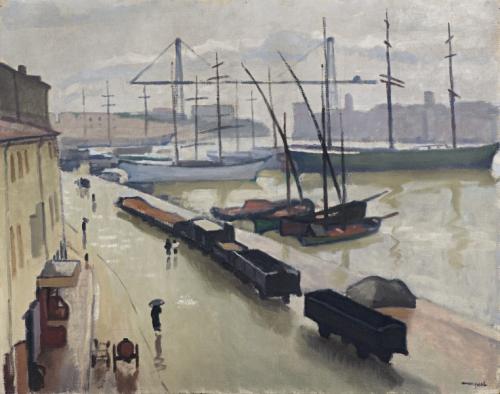
Gallery Reopening
22 October 2015 - 26 February 2016
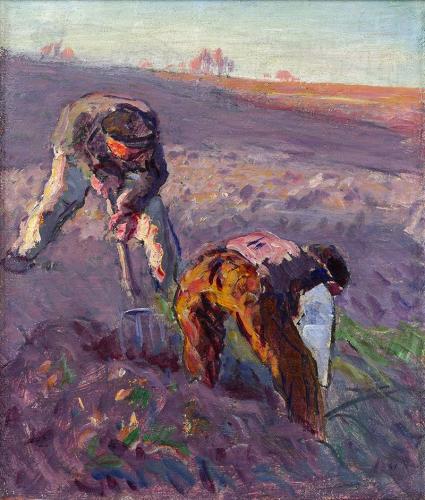
Antibes Art Fair
18 April 2015 - 4 May 2015
